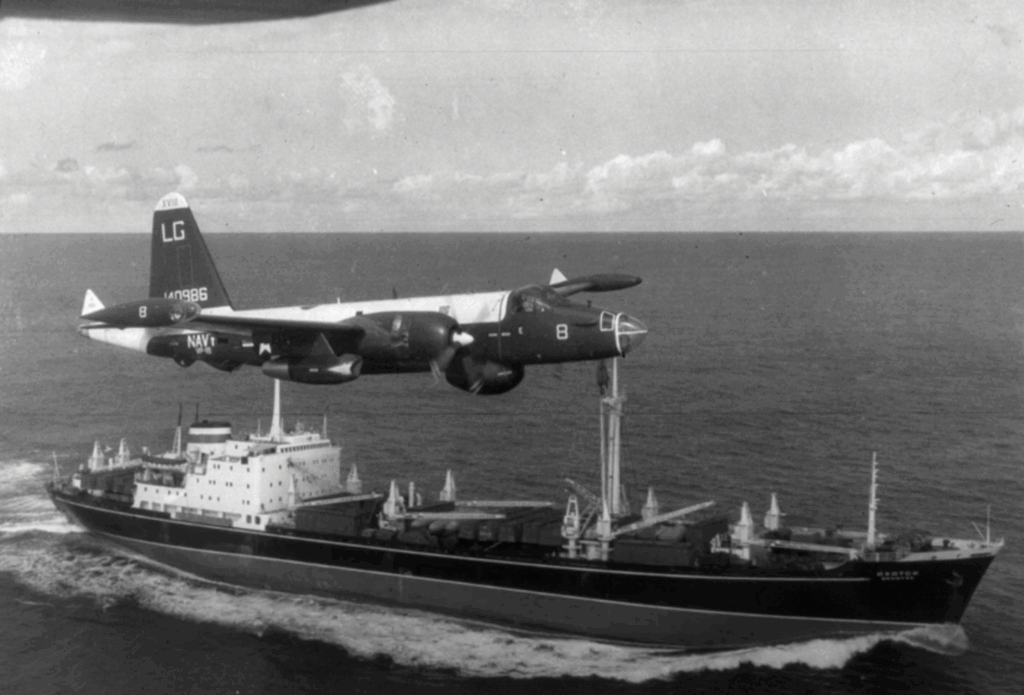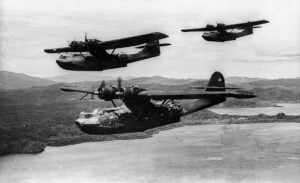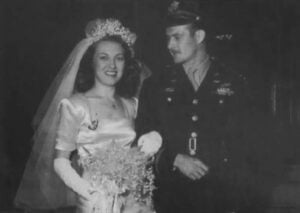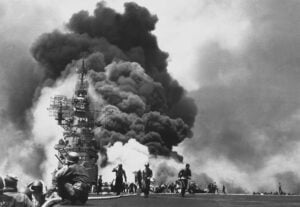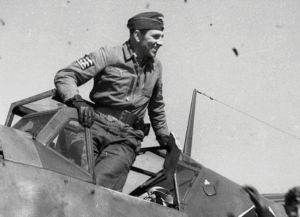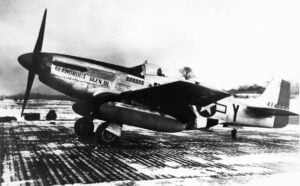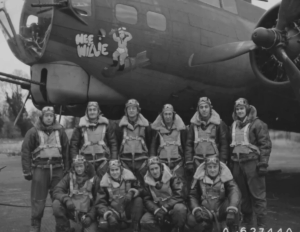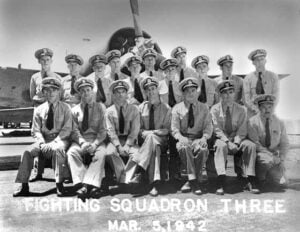The Story of the 100th Bomb Group Tragedy When Two B17s Interlocked in a Deadly Mid Air Collision During WWII
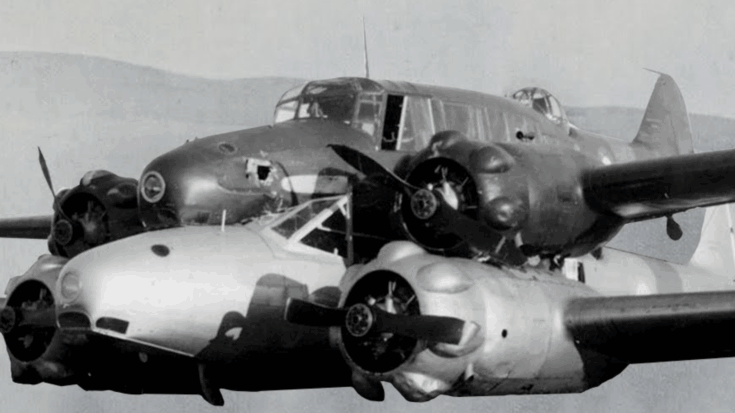
Qxir / YouTube
The Morning of Mission 227
On the final morning of 1944, the airfield at Thorpe Abbotts in Norfolk stirred under a heavy gray sky. The 100th Bomb Group, known across the Eighth Air Force as “The Bloody Hundredth,” prepared for what seemed to be a routine mission. Their target was Hamburg, a major industrial hub essential to Germany’s war effort. Along the perimeter track, nineteen B-17 Flying Fortresses stood ready. Each crew was trained, disciplined, and hardened by months of air battles over Europe.
Winter weather had delayed missions for days, but now orders had arrived—Mission 227 was a go. As engines roared to life, the sound filled the cold morning air. The bombers climbed steadily into formation, their routines shaped by strict Air Force manuals. Every maneuver, every gap between planes followed hard-learned rules designed to keep them alive. The crews trusted that structure—it was what separated order from chaos in the skies above Europe.
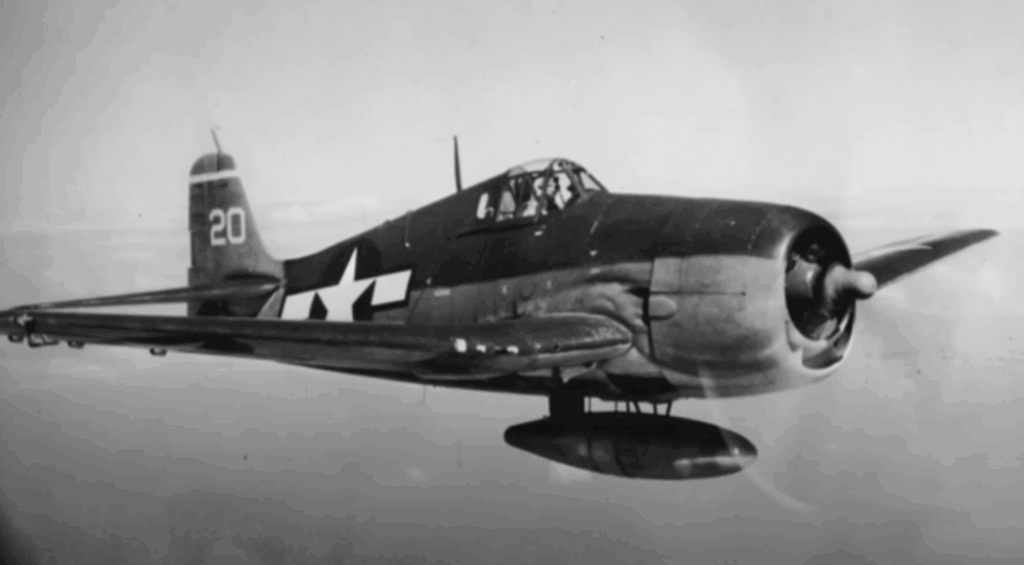
Into the Gray Skies Over Germany
The bombers assembled over the North Sea and moved east. Radio chatter stayed brief and professional. They had flown dozens of missions before, but each flight carried new dangers. Above them stretched layers of thick cloud; below, flak towers and radar stations waited. Visibility was poor, and strong winds shifted the formations, adding to the tension inside every cockpit.
As the group neared Hamburg, the calm precision began to falter. The lead formation adjusted altitude to avoid bursts of anti-aircraft fire. One group climbed slightly, while another unknowingly descended. Within seconds, through cloud and snow, two massive bombers—each nearly the size of a house—moved directly into each other’s path.
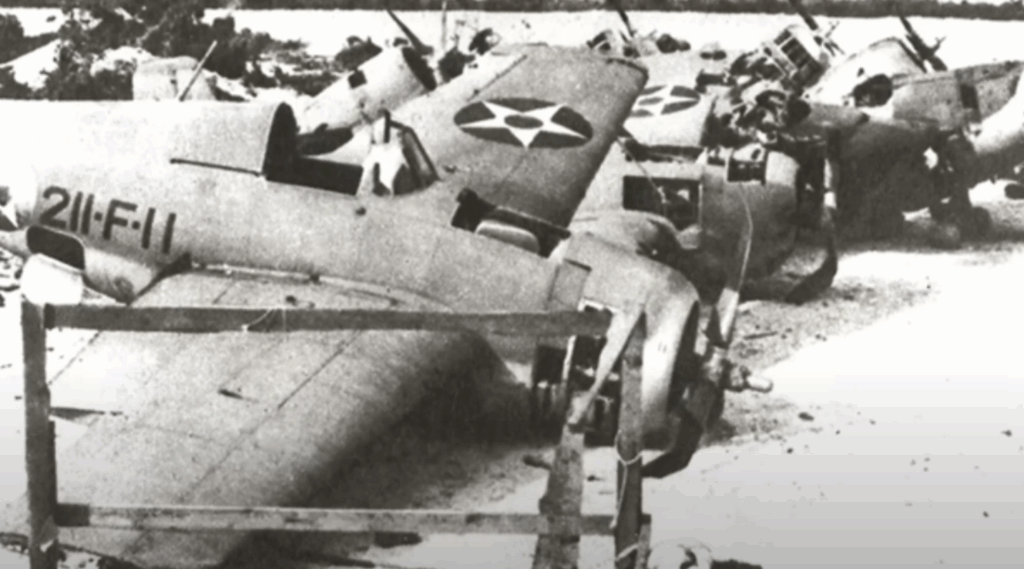
The Mid-Air Collision
The collision was sudden and violent. Lieutenant Clarence Rojan’s aircraft struck that of Lieutenant William Leak. The two four-engine bombers locked together in midair. Propellers shredded metal, wings interlocked, and the fuselages fused in a twisted mass. Flight controls were destroyed, but neither aircraft broke apart. Instead, they remained locked together, turning slowly through the clouds.
Inside, chaos erupted. Instruments shattered, engines caught fire, and oxygen lines burst. Both pilots tried desperately to regain control. Rojan feathered one propeller, Leak shut down a burning engine. Against all odds, the combined wreckage leveled into a shallow descent. The sound of tearing metal and wind filled both cabins. The crews, unaware that another plane was attached, fought to escape. Some men managed to bail out through top and waist hatches, while others were trapped by the tangled structure.
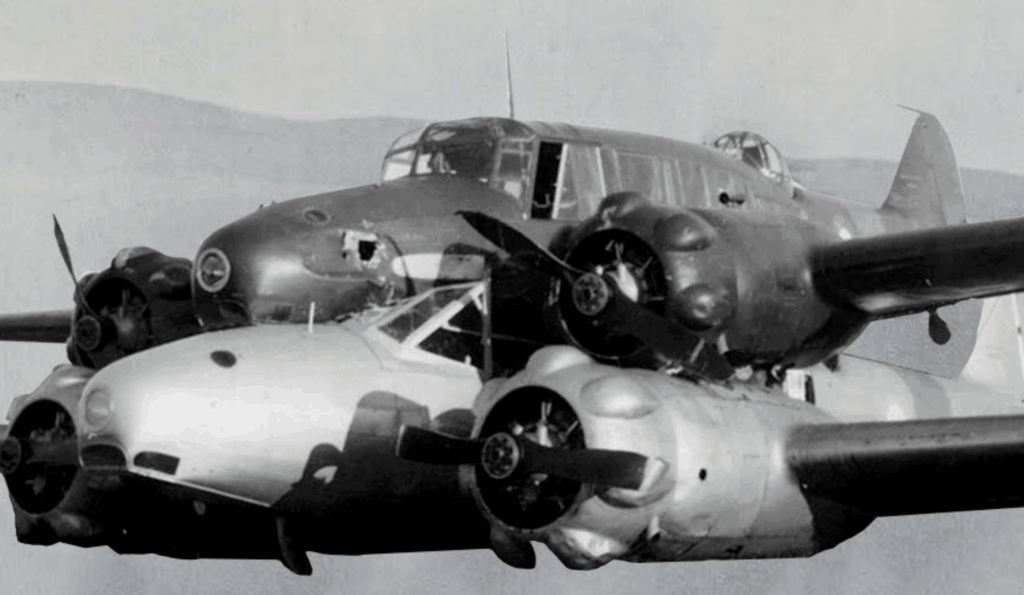
Witnesses on the Ground
From the ground, German observers stared in disbelief. Through their binoculars, they saw what looked like one massive bomber with eight engines and two tails—a sight no one had ever recorded before. Reports later described it as a “twin-fuselage Flying Fortress,” slowly descending in eerie silence.
At about 13,000 feet, control was completely lost. The hybrid aircraft drifted south, its engines failing one by one. A final explosion ripped through the lower fuselage, and both planes broke apart. Some crewmen parachuted out; others went down with the wreck. The impact near the village of Grossendorf left a crater large enough to swallow both aircraft. Fires burned for hours as local civilians and German air personnel pulled survivors from the wreckage.
Aftermath and Memory
When reports reached Thorpe Abbotts, confusion filled the operations room. Two aircraft were missing, and radio contact was gone. Only later did intelligence confirm the crash. Of the twenty men who took off that morning, fifteen were killed. The survivors were captured and held in prison camps until the war’s end. Their later testimonies described the surreal image of another bomber welded to their own—a sight burned into memory.
Investigators later confirmed that the two B-17s had remained locked together for miles before falling. Aviation engineers studied the incident for years as an example of how metal structures could balance under impossible conditions. Today, the story of that collision lives on in museums and archives, remembered as one of the strangest and most tragic events of the air war.
